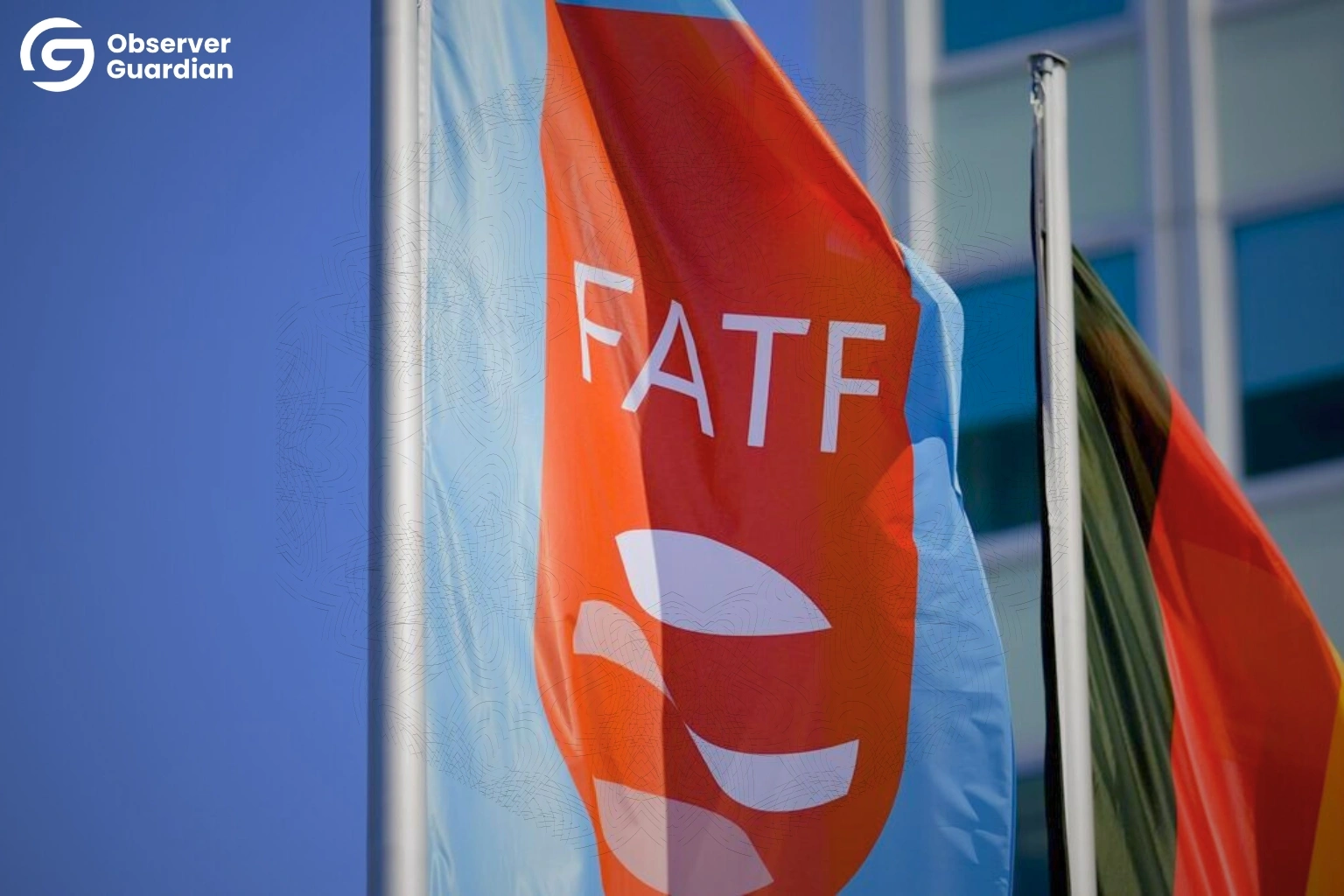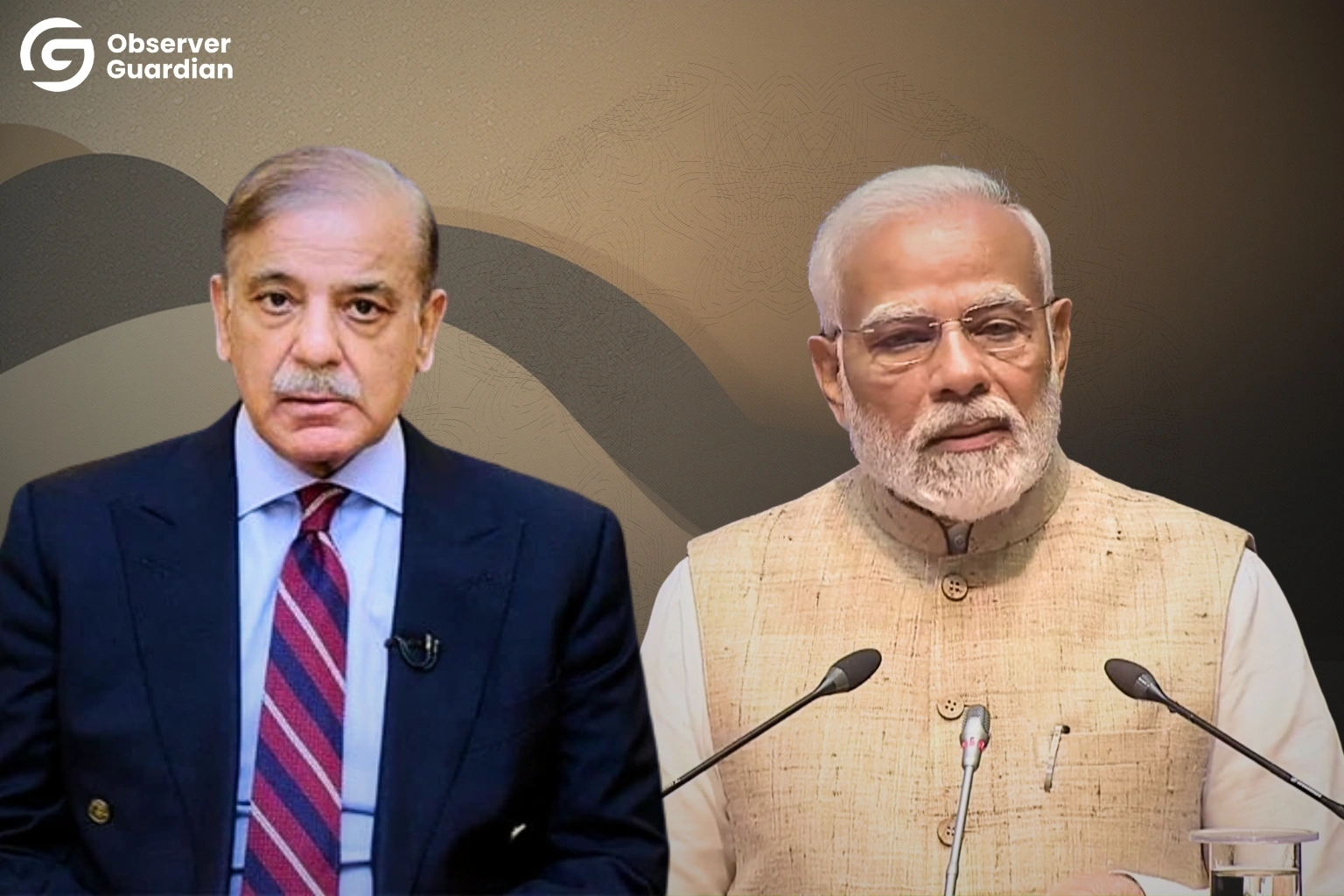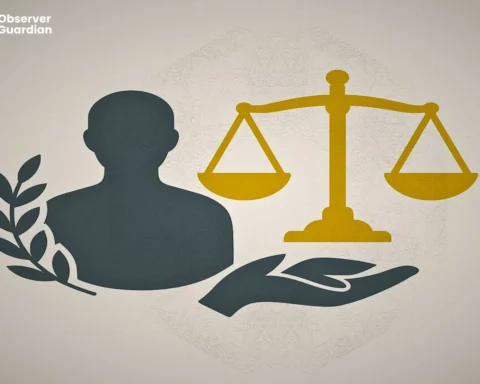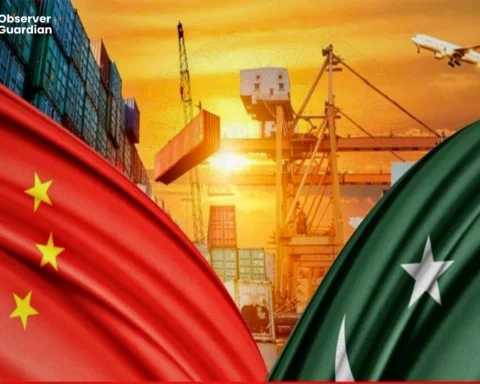In the latest chapter of the BJP controlled Indian media’s campaign, every detail of the tragic Pahalgam attack is being weaponized for political gain. News outlets have focused on a fabricated money trail stretching from the Gulf to Malaysia. This is undoubtedly part of Indian efforts to malign Pakistan internationally in the wake of the Pahalgam attack. Having failed to establish its dominance over Pakistan militarily, the Indian government has opted to continue trying to shape the narrative. So far, however, these efforts seem to be failing as well.
New Delhi Television (NDTV) claimed that, according to the National Investigation Agency (NIA), the group responsible for the attack in April, The Resistance Front, received funding from Lashkar-e-Taiba’s Sajid Mir, around 10,000 dollars which was routed through Malaysia. The credibility of these allegations, which are based on phone calls and social media chats, has yet to be verified by any independent parties. This story is similar to those aired by Republic TV and India Today, who claimed that the militants who carried out the attack entered Bihar through Nepal, a statement which has been firmly denied by Nepalese authorities. NDTV is owned by the Adani Group, whose founder Gautam Adani has been indicted on charges of defrauding American investors in order to bribe Indian government officials, and is known for its close relations with the BJP.
Media and State in Sync, Building a False Terror Narrative
The narrative the Indian state is attempting to push through channels such as NDTV is clearly aimed towards ensuring that Pakistan’s reputation in the international community remains that of a terror financing pariah state. Regardless, let’s attempt to follow the narrative which has been painted so far. The NIA initially claimed that two men, Parvaiz Ahmad Jothar and Bashir Ahmad Jothar, were arrested and confessed to having sheltered three Pakistani nationals affiliated with Lashkar-e-Taiba, who had been involved in the attack on 22nd April. The day after the attack, Anantnag police publicized sketches of three suspects named Hashim Musa, Ali Bhai, and Adil Hussain Thokar, all of whom were also labeled as Pakistani nationals. On 28th July, Indian authorities named the terrorists killed in Operation Mahadev as Hashim Musa, Abu Hamza Zakir, and Yasir. The next day, however, Home Minister Amit Shah mentioned three different names, Hashim Musa, Afghani, and Jibran. By 1st August, Republic TV had added another name to the list, Muhammad Bilal Afzal, as having been involved in the attack.
The Indian authorities’ seeming inability to maintain any consistency and provide verified information regarding who was involved, whether they had been killed, or what their country of origin was, shows just how desperate the Indian state is to keep pushing the idea that the militants were Pakistani citizens despite the lack of any actual evidence to that effect.
This stance taken by the Indian state has been fully supported by the nation’s various media channels. This has not only contributed to the BJP’s political objectives by appealing to its anti Muslim and fundamentalist Hindutva beliefs, thereby validating the party’s dangerous strategy of forcing risky engagements and escalations with Pakistan, it has also led to a souring of relations with Nepal, Malaysia, and the Gulf States.
NIA’s Credibility Crisis and the FATF Pressure Play
While the Indian media has proven time and again its lack of credibility, the National Investigation Agency is not far behind. Indeed, one of the primary motives behind the Indian accusations against Pakistan may be to deflect and distract from its own operational failures regarding the investigation into the Pahalgam attack. The sorry state of Indian relations with Canada can be traced back to the NIA’s inability to provide adequate evidence when faced with international scrutiny. Its case against Arshdeep Singh, a Khalistani activist, was so weak that the Canadian government released him in 2024. Moreover, when faced with the NIA’s inability to deliver victory in the court of law, the Indian state is not one to shy away from illegal and violent methods, as shown by the murder of Hardeep Singh Nijjar, another Khalistani activist in Canada. This tendency to lash out violently when denied its way in both the court of law and that of public opinion was also reflected in the aftermath of the Pulwama and Pahalgam attacks.
Therefore, a clear pattern emerges of linkages between key organizations and individuals which make up India’s state machinery. Through coercive and often illegal methods, the NIA builds cases along the party line given by the BJP government. The details of these cases are then fed to various news channels, all of whom are owned by individuals such as Gautam Adani and Arnab Goswami, who have known ties with the BJP. These news channels then blast these talking points, ignoring any counterarguments put forward by the international community, in an effort to overpower the conversation and enforce their narrative.
Fortunately, international audiences appear unconvinced by India’s false narrative, while Pakistan’s diplomatic strength continues to build.
⚠ Disclaimer
The views and opinions expressed in this article are exclusively those of the author and do not reflect the official stance, policies, or perspectives of the Platform.








